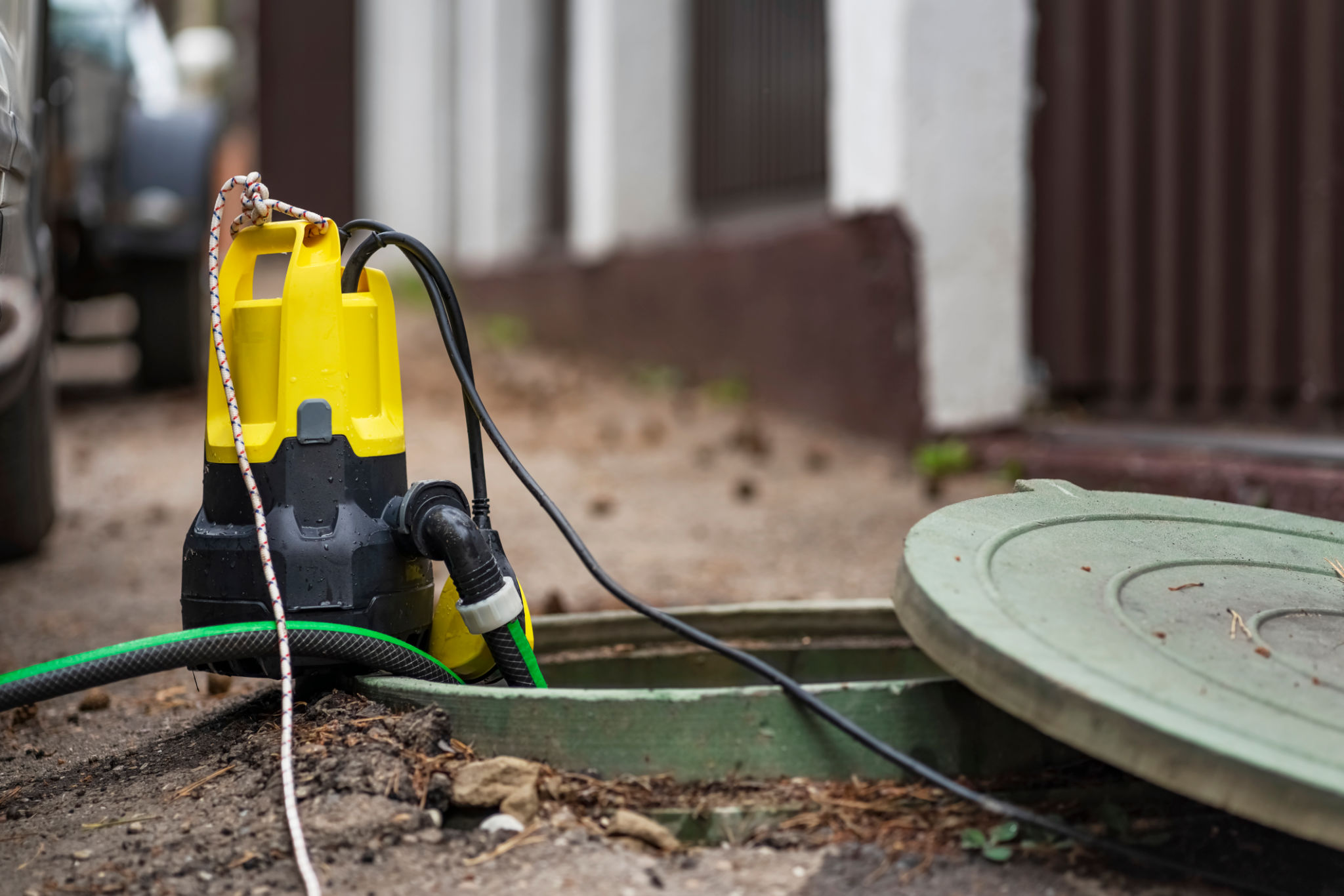Case Study: Successful Drain Repair in a Historic Fairfield County Property
Introduction to the Project
Fairfield County is renowned for its historic properties, characterized by their timeless architecture and storied pasts. However, maintaining these properties can pose unique challenges, especially when it comes to infrastructure repairs. This case study explores a successful drain repair project undertaken in one such historic property, highlighting the innovative techniques and meticulous planning that ensured both functionality and preservation.

Understanding the Challenges
Older buildings often come with a set of challenges, particularly when it involves outdated drainage systems. In this particular property, the original drainage system was over a century old, leading to frequent blockages and potential water damage. The repair team had to work delicately to avoid any damage to the structure while upgrading the system to meet modern standards.
Preservation Concerns
One of the primary concerns was preserving the historic integrity of the building. Any repair work needed to be conducted without altering or damaging the original design elements. This required a thorough understanding of both historical architecture and modern engineering solutions.
Planning and Strategy
The success of this project hinged on careful planning and strategic execution. The repair team began with an in-depth assessment of the existing drainage system, using advanced diagnostic tools to map out the entire network without invasive procedures.
Utilizing Modern Technology
Utilizing technologies such as CCTV drain surveys allowed the team to pinpoint issues with precision. This non-invasive method provided detailed insights into the condition of the pipes, enabling targeted repairs while minimizing disruptions.

Collaboration with Experts
The project brought together a team of experts, including structural engineers, conservation specialists, and skilled plumbers. This collaborative approach ensured that each aspect of the repair was handled with expertise, from historical preservation to technical execution.
The Repair Process
The actual repair process involved several meticulously planned steps:
- Initial Cleaning: The first step was cleaning the existing pipes to remove any blockages and debris.
- Inspection: Post-cleaning, a thorough inspection was conducted to identify any structural weaknesses or damages.
- Pipe Relining: Instead of replacing the entire system, innovative pipe relining techniques were used to reinforce and seal existing pipes, preserving their structure while enhancing durability.

Outcome and Benefits
The completion of this project marked a significant improvement in the property's drainage efficiency while ensuring that its historic character remained intact. The use of modern techniques allowed for a seamless integration of new technology with old-world craftsmanship.
This case study demonstrates that with careful planning and the right expertise, even the most challenging repair tasks in historic properties can be accomplished successfully. It serves as an inspiring example for other property owners facing similar challenges, proving that preservation and modernization can go hand in hand.
